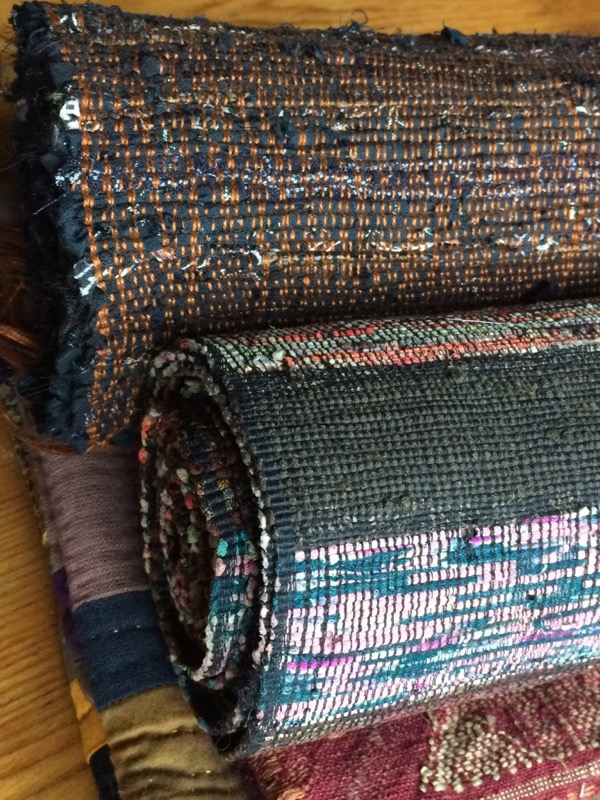For a while I was avoiding the word, because I had a tendency to pummel myself with it, as a thing that I failed to do. When I understood, finally, that accepting my own method of buzzing around between projects and mental states was more conducive, I stopped trying to focus, and just allowed for whatever was happening.
But now I’m thinking of focus again, wanting to make it a touchstone, and as I helped build and then walked the spiral for a local solstice celebration, focus was in my mind. It requires a new definition, one that doesn’t exclude spontaneous expressions, deviations from the plan, or a wide range of media.
I’m still, and probably always will be “all over the place.” But I’m thinking that a breadth of possibility does not preclude focus. The new definition I’m choosing is: coming back to what is important. Focus will mean, not spinning out, not losing perspective, not letting go of intention and disciplined effort. Feeding back into the stream of This is What Matters.
An artist I respect very much puts in 10 hour studio days, but included in those days are walking outside, taking naps, some work online, and so forth. Work does not mean exclusively putting paint to canvas, pen to paper, shuttle through shed. It means one is focused on the work, in the grand scheme, and this is what I mean by focus.
More and more shall feed into the work, shall be flowing in the same river, with the same general intention of seeking, spotting, or teasing out depth, strength, significance. What else are we supposed to do?









































